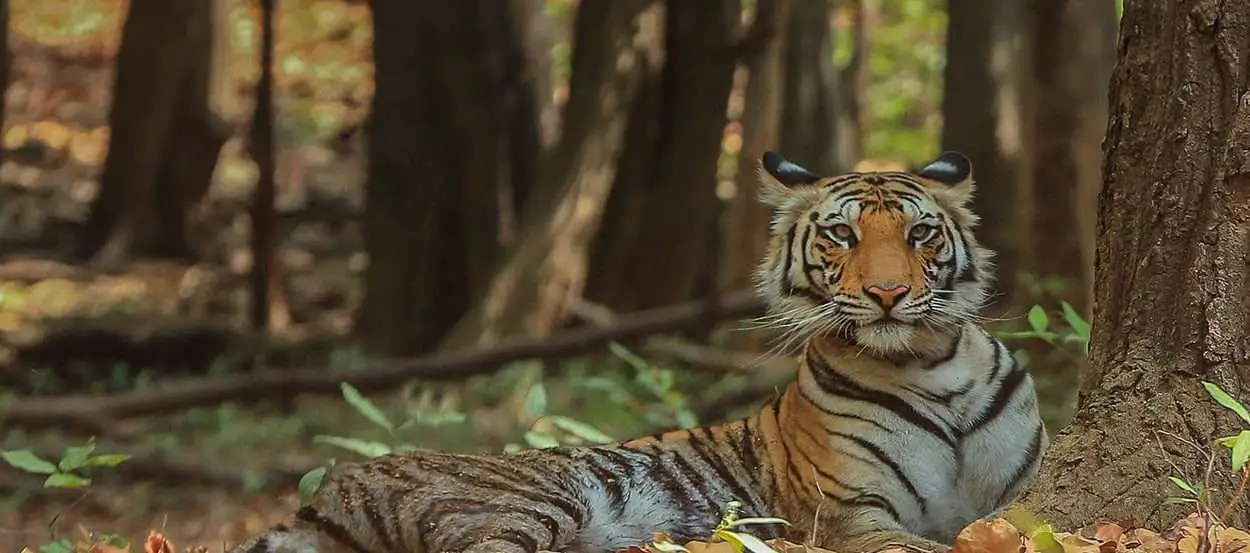
Introduction: Photography Tips and Guidelines in Ranthambore
Ranthambore National Park, located in the Indian state of Rajasthan, is a haven for wildlife enthusiasts and photographers alike. With its diverse range of flora and fauna, including the majestic Royal Bengal Tigers, Ranthambore offers incredible opportunities for capturing stunning photographs. Whether you’re a beginner or an experienced photographer, this article will provide you with valuable tips and guidelines to enhance your photography skills in Ranthambore.
Importance of Photography in Ranthambore
Photography plays a vital role in documenting the beauty and biodiversity of Ranthambore National Park. Through your lens, you can capture rare and awe-inspiring moments, showcasing the rich wildlife and picturesque landscapes that make this place so special. Your photographs can help raise awareness about conservation efforts and inspire others to appreciate and protect the natural wonders of Ranthambore.
Choosing the Right Camera and Equipment
When it comes to wildlife photography in Ranthambore, having the right camera and equipment is essential. Invest in a DSLR or mirrorless camera that offers manual control over settings. A telephoto lens with a focal length of at least 200mm is recommended to capture detailed shots of distant wildlife. Additionally, consider carrying a sturdy tripod, extra batteries, memory cards, and a lens cleaning kit to ensure you’re well-prepared for your photography adventures.
Understanding Lighting and Composition
Lighting and composition are crucial elements in photography. In Ranthambore, the golden hours around sunrise and sunset offer the most favorable lighting conditions. The soft, warm light during these times adds a magical touch to your photographs. Experiment with different angles, perspectives, and framing techniques to create visually pleasing compositions. Remember to use the rule of thirds, leading lines, and symmetry to guide the viewer’s eye and create compelling images.
Mastering Wildlife Photography Techniques
1-Capturing Animal Behavior
To capture captivating wildlife photographs in Ranthambore, it’s essential to understand animal behavior. Observe and study the animals to anticipate their movements and actions. Patience is key as you wait for the perfect moment to press the shutter. Be prepared to capture the raw emotions, interactions, and unique behaviors of the wildlife, as these moments often result in powerful photographs.
2-Patience and Timing
Wildlife photography requires patience and impeccable timing. Spend time observing your subjects without rushing to take photos. Wait for the right moment when the animal is in an interesting pose, in good light, or engaged in an activity. This patience will reward you with photographs that stand out from the crowd.
3-Approaching Wildlife Safely
Respect the wildlife and their natural habitat by maintaining a safe distance. Use long lenses to avoid disturbing or endangering the animals. Remember that you are a guest in their home, and it is essential to prioritize their well-being. Following these guidelines ensures both your safety and the welfare of the animals you photograph.
Tips for Taking Stunning Landscape Shots
While Ranthambore is renowned for its wildlife, the park also offers breathtaking landscapes. Don’t miss the opportunity to capture the scenic beauty that surrounds you. Experiment with different focal lengths, compositions, and perspectives to showcase the grandeur of the park’s landscapes. Include elements like rivers, hills, and forests to add depth and interest to your images.
Editing and Post-Processing Tips
Once you’ve captured your photographs, the editing and post-processing stage allows you to enhance their visual impact further. Use software like Adobe Lightroom or Photoshop to fine-tune your images. Adjust the exposure, contrast, saturation, and sharpness to bring out the details and colors. However, remember to maintain a natural look and avoid excessive editing that can make your photos appear unrealistic.
Ethics and Respect for Wildlife
As photographers, we have a responsibility to respect and protect the wildlife we photograph. Avoid interfering with the animals’ natural behavior or habitat for the sake of a photograph. Maintain a safe distance, avoid littering, and follow the guidelines set by the park authorities. Be a responsible photographer and promote ethical wildlife practices.
Conclusion
Photography in Ranthambore offers a remarkable opportunity to capture the beauty of nature and the captivating wildlife that calls this park home. By following the tips and guidelines shared in this article, you can enhance your photography skills and create stunning images that reflect the splendor of Ranthambore. Remember to always prioritize the well-being of the wildlife and approach your photography with respect and admiration for this unique ecosystem.
FAQs
- Can I use a smartphone camera for wildlife photography in Ranthambore?
Yes, you can use a smartphone camera for wildlife photography, but for better results, it’s recommended to use a camera with manual settings and a telephoto lens.
- What is the best time to visit Ranthambore for photography?
The best time for photography in Ranthambore is during the dry season, from October to April, when the vegetation is less dense, and wildlife sightings are more common.
- Are tripods allowed in Ranthambore National Park?
Tripods are generally notallowed during safaris in Ranthambore National Park to ensure the safety of both visitors and wildlife. However, it’s always best to check the latest regulations before your visit.
- Are there any photography workshops or guided tours available in Ranthambore?
Yes, there are several photography workshops and guided tours conducted by experienced photographers and wildlife experts. These can provide valuable insights and enhance your photography skills in Ranthambore. What are some popular photography spots in Ranthambore? Some popular photography spots in Ranthambore include the Ranthambore Fort, the lakes within the park, and specific zones known for frequent tiger sightings, such as Zone 3 and Zone 4.
